Object-Oriented Design (OOD) is a software design paradigm that revolves around the concept of objects. It aims to model real-world objects and their behaviors within a computer program. OOD provides a way to structure complex systems by breaking them down into smaller, manageable parts. This structure makes it easier to understand, maintain, and modify the system over time.
In OOD, objects are instances of classes, which are blueprints that describe the structure and behavior of objects. A class is a collection of properties (data) and methods (behavior) that define an object. Classes can also inherit properties and behavior from parent classes, allowing us to reuse code and create new classes based on existing ones.
The Object-Oriented Design (OOD) Pyramid is a conceptual model that provides guidelines for designing software systems in an object-oriented manner. It was introduced by John Vlissides, one of the Gang of Four (GoF) authors who wrote the seminal book on design patterns, Design Patterns: Elements of Reusable Object-Oriented Software. The OOD Pyramid is a way of thinking about how to structure software systems in a way that makes them more maintainable and scalable over time.
At the base of the pyramid is the SOLID principles. SOLID is an acronym for five design principles that form the foundation of good object-oriented design: Single Responsibility Principle, Open/Closed Principle, Liskov Substitution Principle, Interface Segregation Principle, and Dependency Inversion Principle. These principles help developers create objects that are well-encapsulated, reusable, and easy to maintain.
Above the SOLID principles is the layer of design patterns. Design patterns are proven solutions to recurring software design problems. They provide a way of thinking about software design that is both flexible and reusable. Design patterns are a way of encapsulating best practices and creating building blocks that can be used over and over again in different projects.
Next, at the top of the pyramid, is the application architecture. This is where the design patterns and SOLID principles are applied to create a high-level structure for the application. The application architecture should provide a clear and concise way of thinking about the relationships between the different components of the application and how they fit together to form the overall system.
The OOD Pyramid is a useful tool for software developers because it provides a way of thinking about software design that is easy to understand and apply. By following the SOLID principles and design patterns, developers can create objects that are easy to understand, maintain, and scale. The pyramid provides a clear roadmap for developers to follow, making it easier for them to create high-quality software systems that are easy to maintain over time.
Another benefit of the OOD Pyramid is that it helps developers avoid common design pitfalls. For example, it can be tempting to try and write a large monolithic application, but this makes the application difficult to maintain and scale over time. By following the principles of the OOD Pyramid, developers can create applications that are composed of smaller, well-encapsulated components that are easy to maintain and scale.
In conclusion, the OOD Pyramid is a powerful tool for software developers. It provides a clear and concise way of thinking about software design that makes it easier to create high-quality, maintainable, and scalable software systems. By following the SOLID principles and design patterns, developers can create objects that are easy to understand, maintain, and scale, making it easier to build and maintain applications over time.
A simple code with swift and Object-Oriented Design
Suppose we have a use case to model a car in our application. We can start by defining a class Car which represents a car object:
In Swift, classes are defined using the class keyword, and objects are created using the init method. For example, the following code defines a class Car:
class Car {
var make: String
var model: String
var year: Int
init(make: String, model: String, year: Int) {
self.make = make
self.model = model
self.year = year
}
func drive() -> String {
return "\(make) \(model) is driving."
}
}
In this example, the Car class has three properties: make, model, and year. These properties represent the data that makes up a car. The init method is a constructor that creates an instance of the Car class. The drive method is a behavior that the Car class can perform.
Now we have a class Car with a method drive, which allows us to represent a car and its actions in our application.
To use this Car class in our program, we create an instance of it, and then call its methods:
let myCar = Car(make: "Toyota", model: "Camry", year: 2020) print(myCar.drive())
This code creates an instance of the Car class and assigns it to the constant myCar. It then calls the drive method on myCar, which returns a string indicating that the car is driving.
This simple example demonstrates how we can use OOD principles to model real-world objects and their behaviors in Swift programming language. This helps us write organized, maintainable, and reusable code in our applications.
Another simple code with Go and Object-Oriented Design
Suppose we have a use case to model a car in our application. We can start by creating a struct Car which represents a car object:
type Car struct {
make string
model string
year int
}
Next, we can create a method Drive for the Car struct:
func (c *Car) Drive() string {
return c.make + " " + c.model + " is driving."
}
Now we have an object Car with a behavior Drive, which allows us to represent a car and its actions in our application.
We can use this Car object in our application as follows:
func main() {
myCar := &Car{
make: "Toyota",
model: "Camry",
year: 2020,
}
fmt.Println(myCar.Drive())
}
This simple example demonstrates how we can use OOD principles to model real-world objects and their behaviors in Go programming language. This helps us write organized, maintainable, and reusable code in our applications.
More knowledge keyword on Object-Oriented Design
non-object-oriented design/ procedure-oriented design
REF
https://ima.udg.edu/~sellares/einf-es1/ooprinciplesgshadrin.pdf


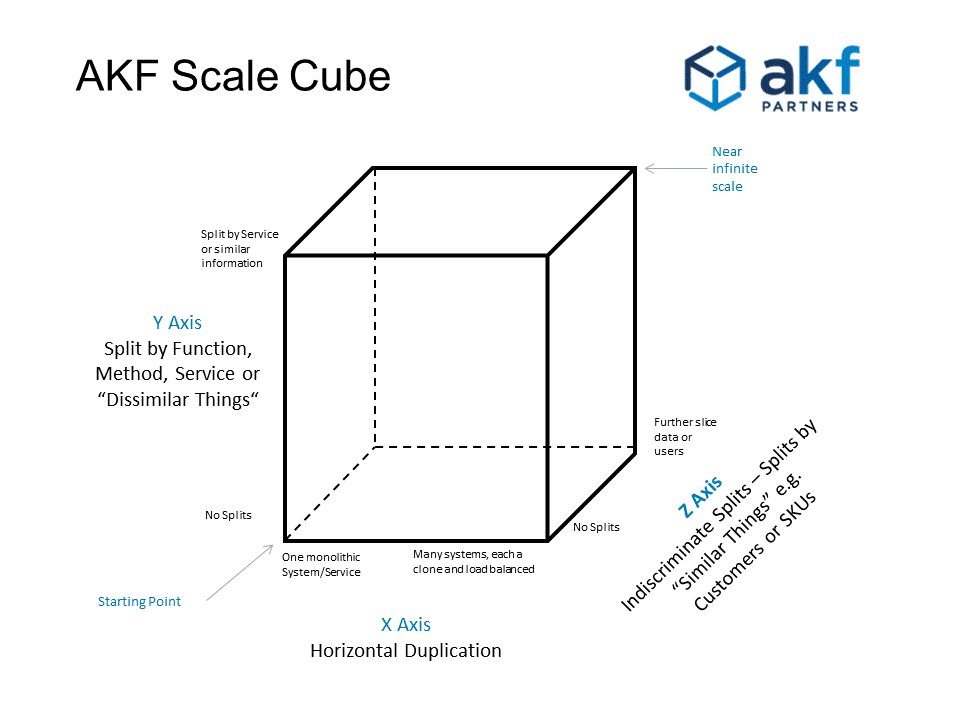
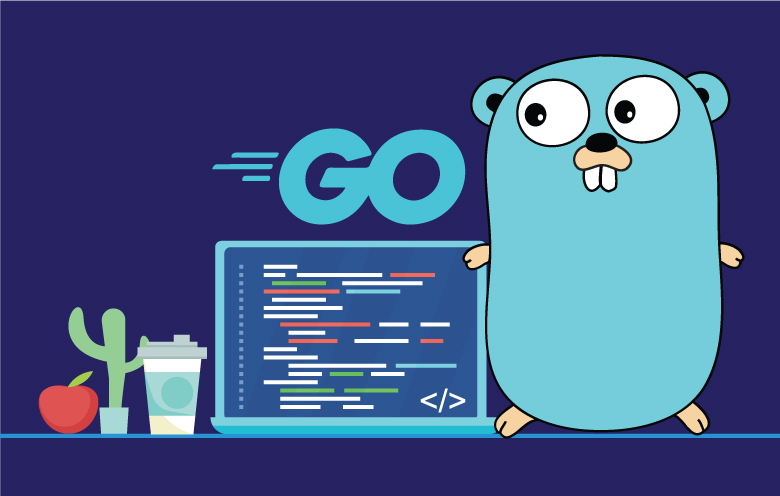
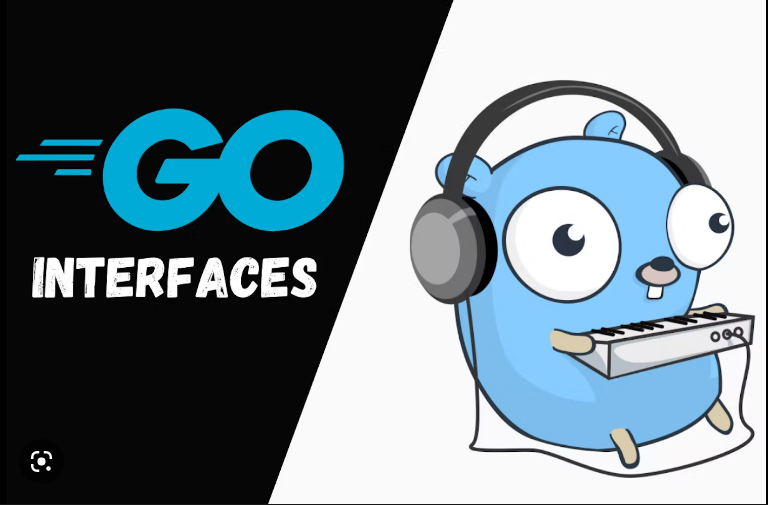
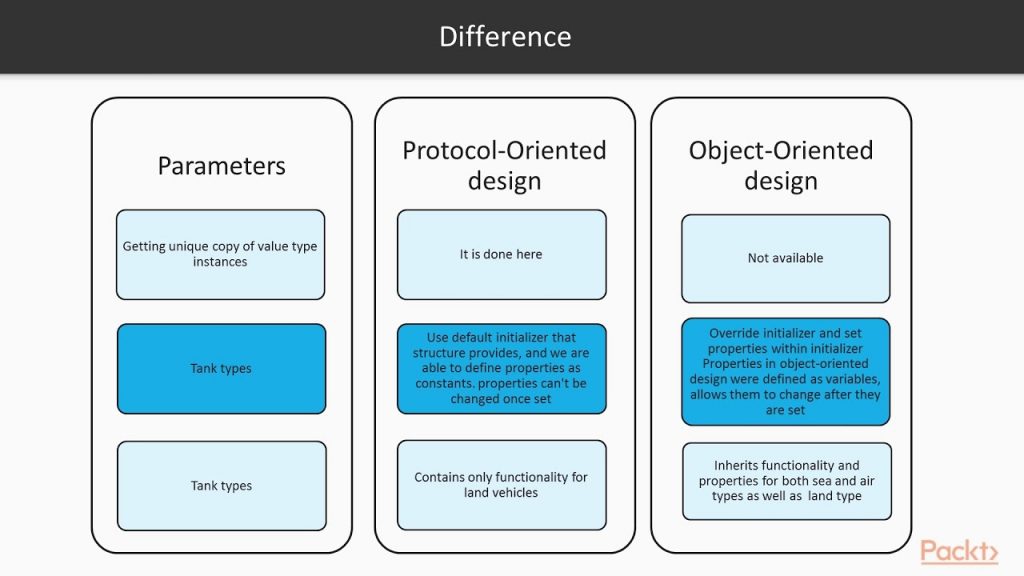
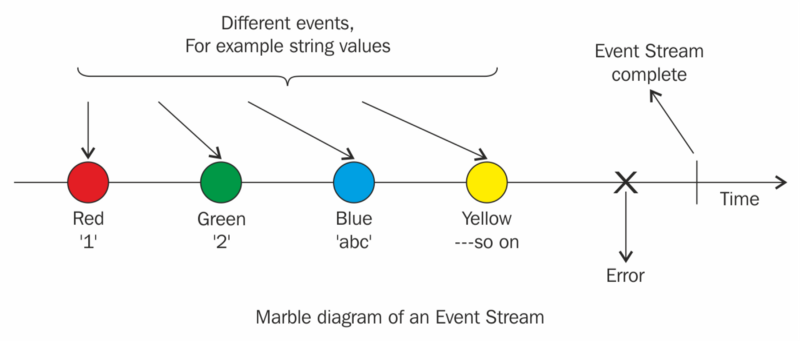
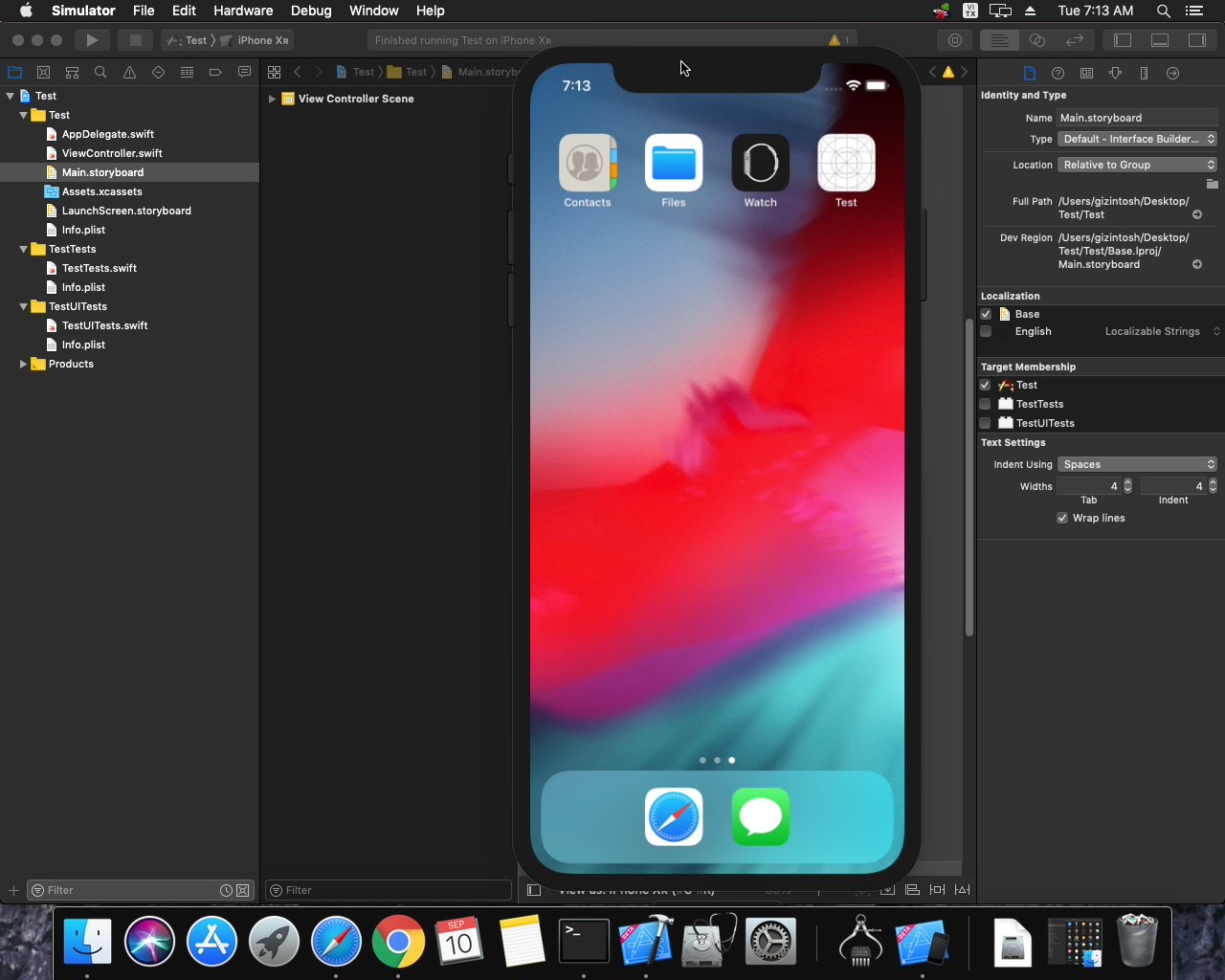
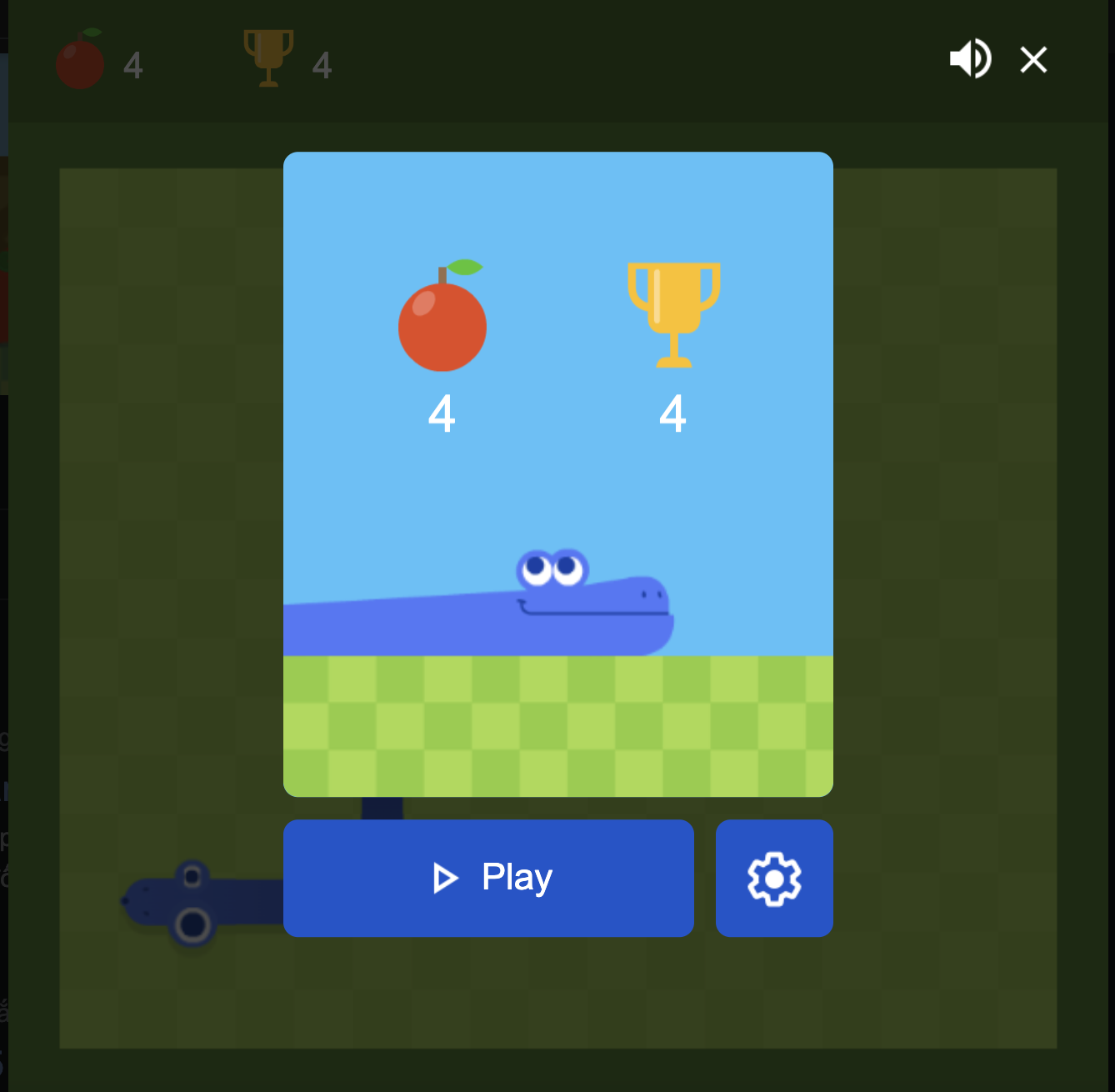 Khoá học lập trình game con rắn cho trẻ em
Khoá học lập trình game con rắn cho trẻ em 


